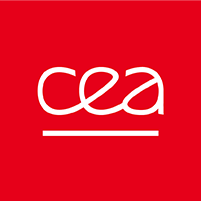Context: The vision for future communication networks includes providing highly accurate positioning and localization in both indoor and outdoor environments, alongside communication services (JCAS). With the widespread adoption of radar technologies, the concept of Simultaneous Localization and Mapping (SLAM) has recently been adapted for radiofrequency applications. Initial proof-of-concept demonstrations have been conducted in indoor environments, producing 2D maps based on mmWave/THz monostatic backscattered signals. These measurements enable the development of complex state models that detail the precise location, size, and orientation of target objects, as well as their electromagnetic properties and material composition. Beyond simply reproducing maps, incorporating object recognition and positioning within the environment adds a semantic layer to these applications. While semantic SLAM has been explored with video-based technologies, its application to radiofrequency is still an emerging area of research. This approach requires precise electromagnetic models of object signatures and their interactions with the surrounding environment. Recent studies have developed iterative physical optics and equivalent current-based models to simulate the free-space multistatic signature of nearby objects. PhD Thesis: The objective of this thesis is to study and model object backscattering in a multi-path scenario for precise imaging and object recognition (including material properties). The work will involve developing a mathematical model for the backscattering of sensed objects in the environment, applying it to 3D SLAM, and achieving object recognition/classification. The model should capture both near- and far-field effects while accounting for the impact of the antenna on the overall radio channel. The study will support the joint design of antenna systems and the associated processing techniques (e.g., filtering and imaging) required for the application. The PhD student will be hosted in the Antenna and Propagation Laboratory at CEA LETI in Grenoble, France. The research will be conducted in partnership with the University of Bologna. Application: The position is open to outstanding students with a Master of Science degree, “école d’ingénieur” diploma, or equivalent. The student should have a specialization in telecommunications, microwaves, and/or signal processing. The application must include a CV, cover letter, and academic transcripts for the last two years of study.
Master of Science (ou equivalent), spécialisation télécommunications, micro-ondes et/ou traitement du signal



Talent impulse, the scientific and technical job board of CEA's Technology Research Division
© Copyright 2023 – CEA – TALENT IMPULSE - All rights reserved